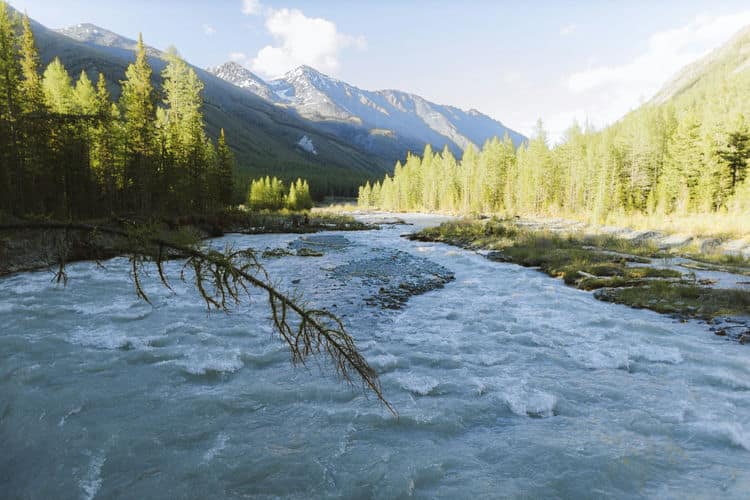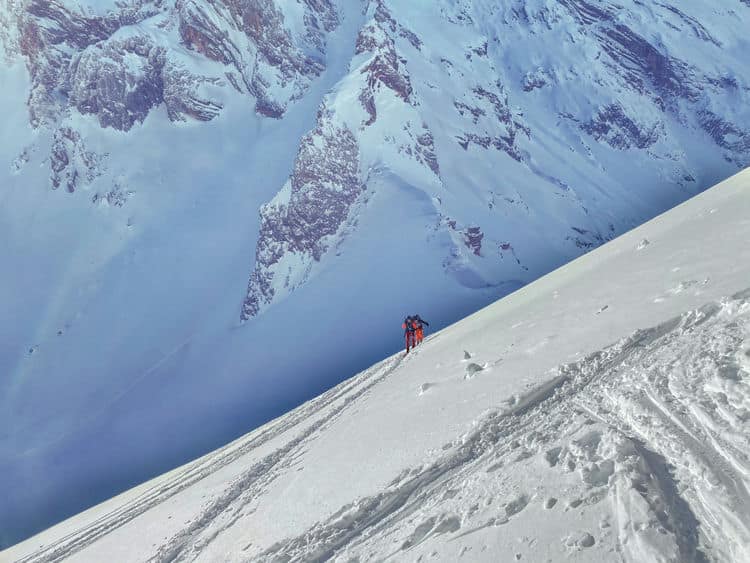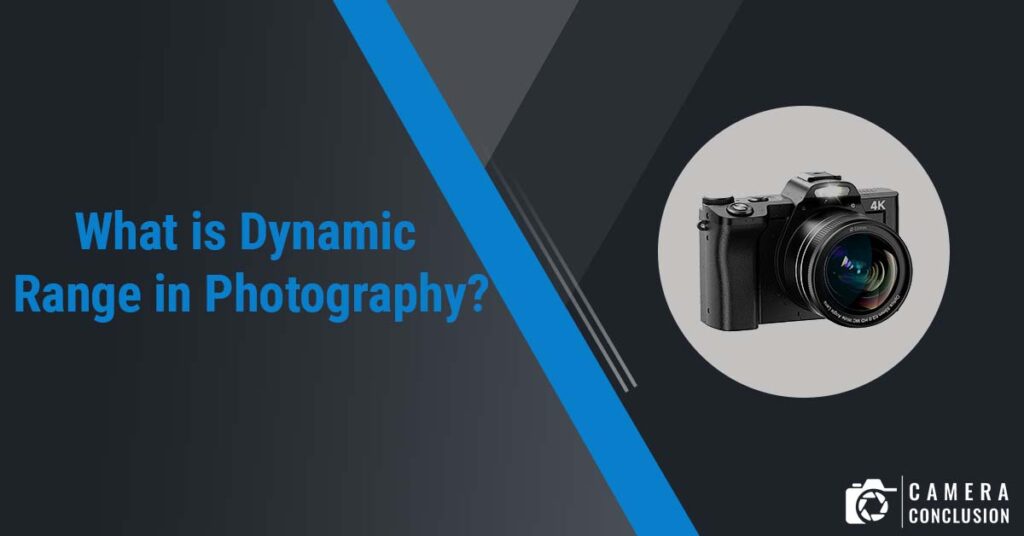Index
Dynamic range is a term used in photography to describe the range of brightness levels that can be captured in an image. Put simply, it is the difference between the darkest shadows and the brightest highlights that can be recorded by a camera.
Understanding dynamic range is important for photographers because it can greatly affect the quality and impact of their images. In this article, we will explore the concept of dynamic range in photography, how it is measured, and why it matters.
We will also discuss some techniques and tools that photographers can use to optimize dynamic range and capture more detailed and compelling images.
Understanding Dynamic Range
Dynamic range in photography refers to the range of brightness levels that a camera can capture in a single image. This includes the darkest shadows, the brightest highlights, and everything in between. The greater the dynamic range of a camera, the more detail it can capture in both the shadow and highlight areas of an image.
Dynamic range is measured in stops, which is a unit of measurement used to express the difference in brightness between two points. Each stop represents a doubling or halving of the amount of light. For example, if one area of an image is one stop brighter than another, it means that it has twice as much light.
Understanding dynamic range is important for photographers because it allows them to capture images with more detail and contrast. In high-contrast scenes, such as a landscape with bright sunlight and deep shadows, a camera with a limited dynamic range may not be able to capture all the details in both areas.
This can result in an image that is either overexposed (too bright) or underexposed (too dark) in certain areas.
To optimize dynamic range in photography, photographers can use various techniques and tools, such as exposure bracketing, HDR (High Dynamic Range) imaging, and graduated neutral density filters.
These techniques can help capture more detail in both the shadow and highlight areas of an image, resulting in a more balanced and visually striking photograph.

Factors Affecting Dynamic Range
Dynamic range in photography is influenced by several factors, including the camera’s sensor technology, the quality of the lens, and the shooting conditions.
Sensor technology: The sensor technology used in a camera plays a significant role in determining its dynamic range. The most common types of sensors used in digital cameras are CCD (Charge-Coupled Device) and CMOS (Complementary Metal-Oxide-Semiconductor). Generally, CMOS sensors have a higher dynamic range than CCD sensors, making them ideal for capturing images in challenging lighting conditions.
Lens quality: The quality of the lens also affects dynamic range. Higher quality lenses are designed to transmit more light and reduce distortion and vignetting, which can affect the overall contrast and dynamic range of an image.
Shooting conditions: The lighting conditions of a scene can also impact dynamic range. Scenes with high contrast, such as a bright sky and dark shadows, can be challenging to capture with a camera that has a limited dynamic range. Additionally, shooting in low light conditions can result in reduced dynamic range due to increased image noise.
Exposure settings: The exposure settings used by a photographer can also impact dynamic range. Overexposing an image can result in blown-out highlights, while underexposing can lead to lost detail in the shadows. Using exposure compensation or manual exposure settings can help optimize dynamic range.

Techniques to Enhance Dynamic Range
There are several techniques that photographers can use to enhance dynamic range in their images. Here are some of the most common:
Exposure bracketing: This technique involves taking multiple shots of the same scene, each with a different exposure level. The images are then combined in post-processing to create a final image with a wider dynamic range than any of the individual shots.
HDR (High Dynamic Range) imaging: HDR imaging involves taking multiple shots of the same scene at different exposure levels, and then combining them in post-processing to create an image with a wider dynamic range. HDR can produce images with high levels of detail and contrast, but it can also create images that look unnatural if not done properly.
Graduated neutral density filters: These filters are placed over the lens and are designed to reduce the amount of light that enters the camera on one side of the image. This can help balance out the exposure in scenes with high contrast, such as landscapes with bright skies and dark foregrounds.
Fill flash: In situations where the foreground is underexposed compared to the background, fill flash can be used to add light to the foreground and balance out the exposure.
Raw format: Shooting in raw format allows photographers to capture more information in the image, which can then be used to adjust the exposure and optimize dynamic range in post-processing.
FAQs
Conclusion
Dynamic range in photography refers to the range of brightness values that can be captured in a single image, from the darkest shadows to the brightest highlights. A camera with a high dynamic range is able to capture a wider range of brightness levels in a single image, resulting in a more detailed and nuanced photograph.
Dynamic range is an important concept for photographers to understand, as it can have a significant impact on the quality of their images. In situations where there is a high contrast between light and dark areas, such as when shooting landscapes with bright skies and dark shadows, a camera with a high dynamic range can help to capture all of the details in both the highlights and shadows.
There are several factors that can affect the dynamic range of a camera, including the quality of the image sensor, the size of the pixels, and the level of compression used when saving the image. In addition, photographers can use techniques such as bracketing and exposure blending to increase the dynamic range of their images.
In conclusion, understanding dynamic range is essential for photographers who want to capture high-quality images with a wide range of tonal values. By using a camera with a high dynamic range and employing techniques such as bracketing and exposure blending, photographers can create stunning photographs that capture the full range of brightness values present in their scenes.
